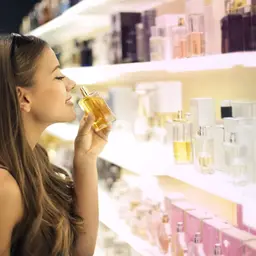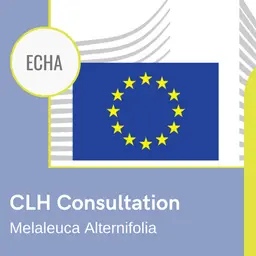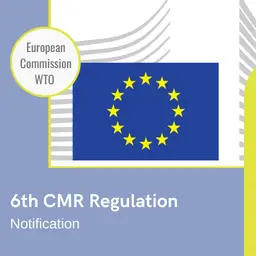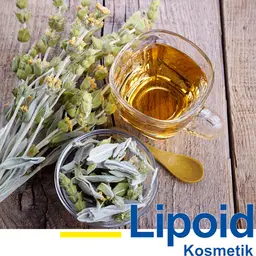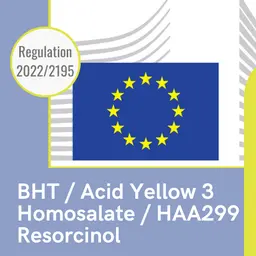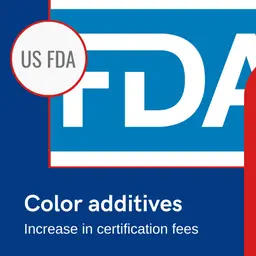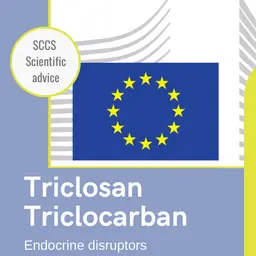
Even when present in extremely low concentrations and when their presence is unavoidable, traces of impurities, contaminants, and prohibited substances are regulated and subject to inspection. They must be analysed and measured, and their presence justified. The challenges are significant and not without technical problems, as was discussed at the 12th regulatory congress in Chartres.
The Chartres congress-goers were given a double presentation on the topic of unavoidable traces in cosmetic products. Françoise Audebert of FEBEA, France’s Federation of Beauty Companies, started off by illustrating the regulatory framework and the resulting challenges. Next, Brian Lightfoot of L’Oréal addressed the technical aspects and suggested solutions that the Responsible Person can use to manage this issue.
Trace regulations
Raw cosmetics materials can be composed of one or more substances, which themselves may be composed of one or more components. These may include impurities and contaminants.
Tracing a definition
In general, impurities are minor components of a substance or of a raw material. They may originate:
• in the components themselves
• from the manufacturing process
• from chemical interactions or synthesis in the product under normal storage conditions
• from potential migrations of packaging materials to the product
• from potential chemical modifications caused by the instability of the product in the final packaging.
Contaminants are defined as non-intentional substances that can be generated by outside sources, chemical processes, unplanned situations involving poor storage conditions of raw materials, or the instability of the final packaging.
Impurities and/or contaminants can be present in trace amounts in a finished …

